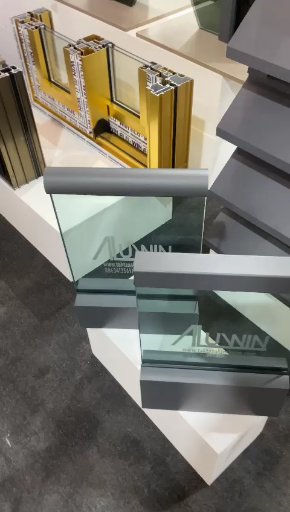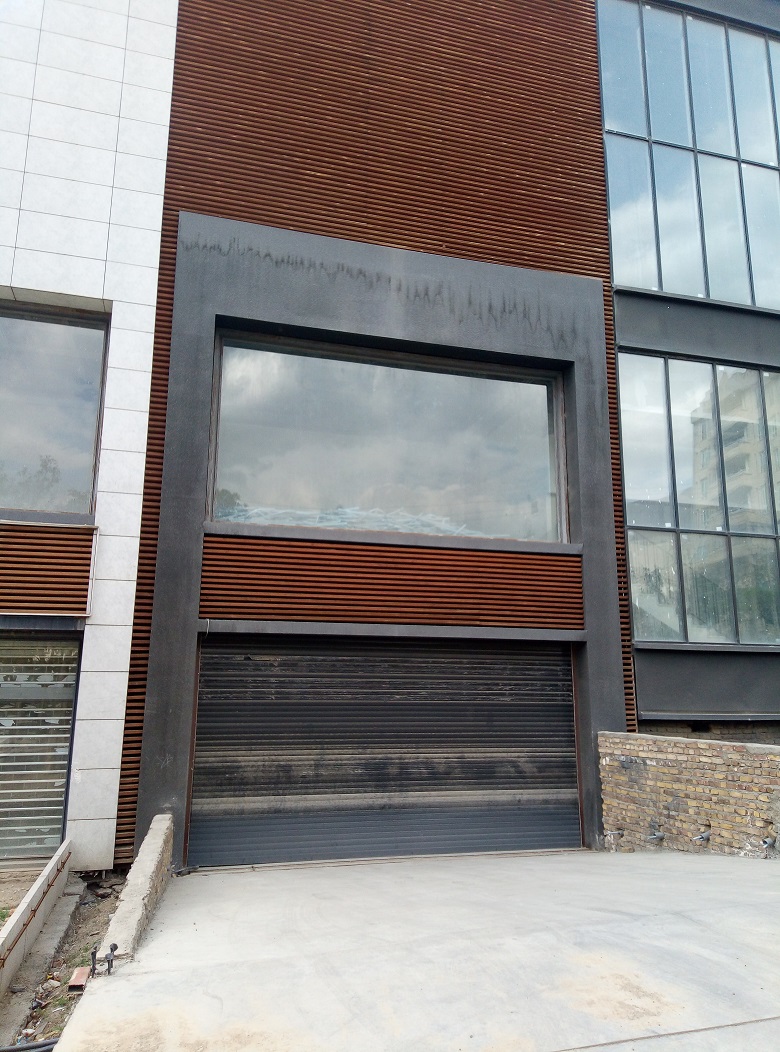Curtain Wall
Curtain wall’s contribute to the overall visual appeal of a building.
They can create a sleek and modern appearance and allow for innovative architectural designs.
The extensive use of glass in curtain walls provides transparency, natural light, and a connection to the surrounding environment.
Curtain walls can enhance the energy performance of a building.
By incorporating high-performance glass with thermal insulation properties, they help to reduce heat transfer and minimize energy consumption for heating, cooling, and lighting.
This can result in improved energy efficiency and lower operating costs.
Curtain walls maximize the entry of natural light into the building interior, reducing the reliance on artificial lighting during the day.
This not only improves occupant well-being but also reduces energy consumption related to lighting.

Why most major builders prefer to use curtain wall
Producers designed curtain walls to bear their own weight and transfer external loads, such as wind and seismic forces, to the building’s structural system.
By acting as an external cladding system, they provide additional support and structural stability to the building.
Curtain walls act as a protective barrier against weather elements, such as rain, wind, and snow.
They prevent water penetration and air leakage, maintaining the building’s interior comfort and protecting it from moisture-related problems.
Curtain walls offer design flexibility and adaptability to various building types and architectural styles.

Why curtain walls are so popular
Curtain walls can be different in terms of materials, colors, and configurations to meet specific design requirements and aesthetic preferences.
Curtain walls are often fabricated off-site and delivered as prefabricated units,
which can expedite the construction process.
Their modular nature allows for faster installation compared to traditional construction methods, reducing construction time and costs.
It’s important to note that the selection and use of curtain walls depend on factors such as building function, location, climate, and design intent.
Proper design, engineering, and installation are crucial to ensuring the performance and longevity of curtain wall systems.
The reason for the popularity of the curtain wall
If you want to know why many famous builders of the world want to use curtain wall sections in the facade of their buildings, you can pay attention to the following points.
Curtain walls made of aluminum are a popular choice in building construction.
Aluminum curtain walls consist of a framework made of aluminum extrusions, which are lightweight, durable, and corrosion-resistant.
these kind of curtain walls are known for their durability and low maintenance requirements.
Aluminum is resistant to rust, corrosion, and degradation caused by UV exposure, making it suitable for long-term use.
Regular cleaning and inspection of the curtain wall system are recommended to ensure its performance and longevity.
It’s worth noting that aluminum curtain walls should be designed, engineered, and installed by professionals following industry standards and guidelines to ensure proper performance, structural integrity, and weather resistance.

our offers
Types and examples of curtain wall construction and execution Building Facade|facade engineering|facade materials Ceramics Facades|Handrails|Terracotta Facade|Thermowood WPC Wood Plastic|facades glass|dryfacade (Aluminum Louvers)
Detailed technical and executive information for those interested Also, Here are some of the capabilities of this company:
aluminum company producer factory in Manufacture aluminum
such as profile windows & door aluminum
Details of the Valid Aluminium Company of factory products
Curtain Walls|Frameless glass facade|Aluminum louver
Skylight glass|Dry ceramic|Dry stone|aluminum profile



